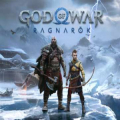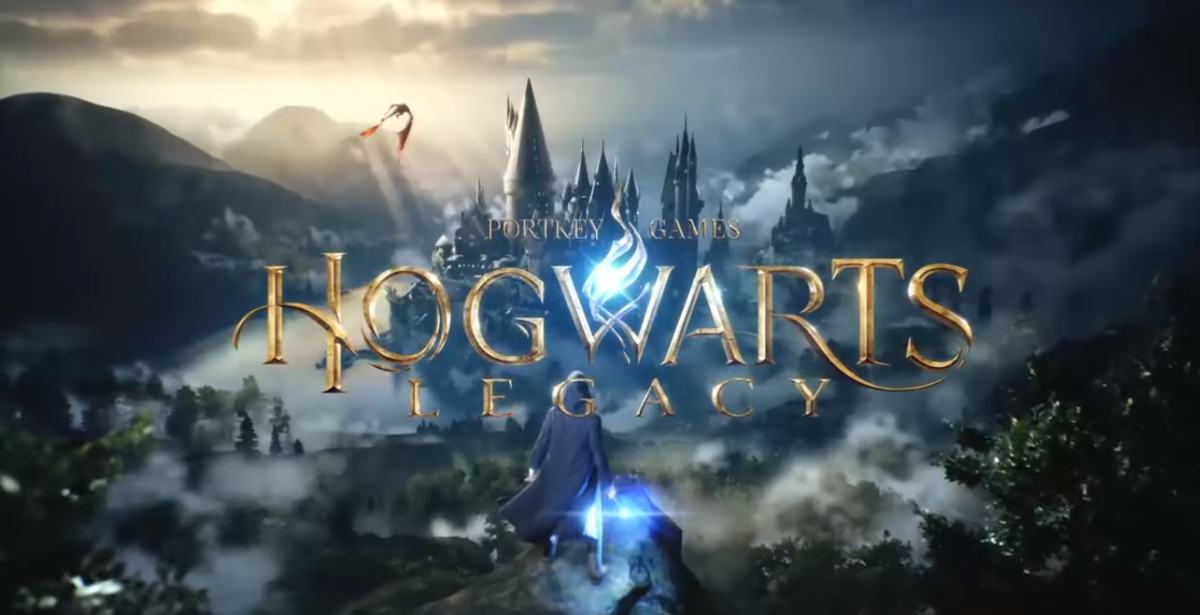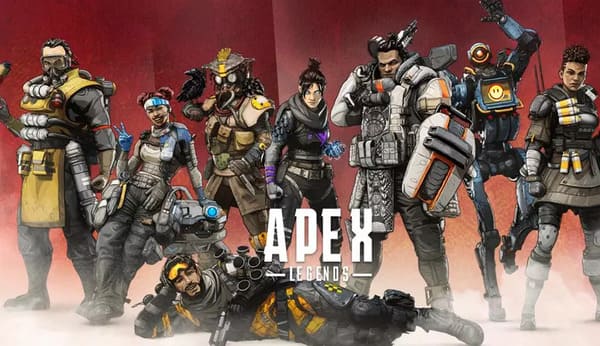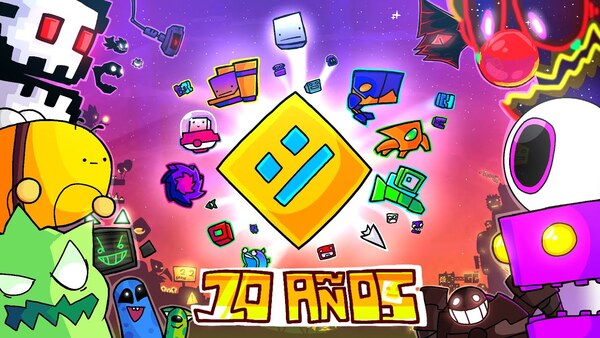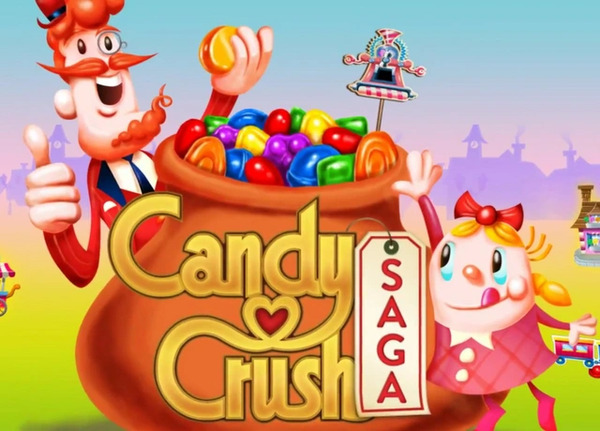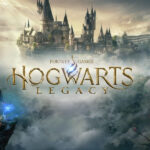The Legend of Zelda – A Timeless Adventure That Redefined Gaming
1. Introduction: The Birth of a Gaming Legend
The Legend of Zelda is not just a game – it is a cultural milestone. First released by Nintendo in 1986, this action-adventure franchise quickly set the gold standard for storytelling, exploration, and puzzle-solving in video games. Created by Shigeru Miyamoto and Takashi Tezuka, the series introduced players to a fantastical land called Hyrule, where they would embark on epic quests as the heroic Link, often rescuing Princess Zelda and battling the dark lord Ganon.
Over the decades, The Legend of Zelda has become one of the most critically acclaimed and influential franchises in gaming history, known for its evolving gameplay, bold innovation, and emotional storytelling. With over 135 million copies sold worldwide and multiple Game of the Year wins, Zelda is a true titan of the industry.
2. Origins and Early Impact (1986–1991)
The Legend Begins – 1986
The original The Legend of Zelda launched on the NES and was one of the first games to offer:
-
A non-linear open world
-
Battery-backed save feature
-
Puzzle-based dungeons and secret areas
Players were dropped into the land of Hyrule with little direction, encouraged to explore freely, uncover hidden secrets, and collect items like bombs, arrows, and the iconic Master Sword.
Zelda II: The Adventure of Link – 1987
The second game took a radical departure, featuring side-scrolling combat and RPG elements. While divisive, it showcased Nintendo’s willingness to experiment early on, a trend that would define the series.
3. The Golden Age of Innovation (1991–2001)
A Link to the Past – 1991
Released on the SNES, this entry is widely regarded as one of the greatest games of all time. It introduced:
-
The dual-world mechanic (Light World and Dark World)
-
Refined top-down exploration and combat
-
A stronger emphasis on story and lore
Ocarina of Time – 1998
This Nintendo 64 masterpiece revolutionized 3D gaming:
-
First fully 3D Zelda game
-
Introduced Z-targeting combat system
-
A deeply emotional and cinematic experience
-
Widely hailed as the greatest game ever made
Majora’s Mask – 2000
Using Ocarina’s engine, this darker, time-based sequel:
-
Featured a 72-hour time loop mechanic
-
Explored themes of grief, mortality, and identity
-
Required players to strategically manage time
4. Artistry and Experimentation (2002–2011)
The Wind Waker – 2002
Wind Waker’s cel-shaded visuals initially drew criticism but have aged gracefully. Key features:
-
Open sea exploration
-
Focus on charm and whimsy
-
Introduced Toon Link, now a series staple
Twilight Princess – 2006
A return to realism and darkness:
-
Gritty Hyrule with wolf transformation mechanics
-
Cinematic storytelling and mature themes
Skyward Sword – 2011
A Wii-exclusive with motion controls:
-
First game in the Zelda timeline
-
Focused on the origin of the Master Sword
-
Mixed reception due to motion limitations, but praised for story
5. Breath of the Wild and the Modern Revolution (2017–Present)
Breath of the Wild – 2017
A complete reimagining of the Zelda formula:
-
Massive open world with full freedom
-
Physics-based puzzles, survival mechanics
-
Minimalist story, emergent gameplay
-
Over 30 million copies sold
-
Game of the Year 2017 and critical darling
Breath of the Wild was praised for its sandbox world, where players could:
-
Climb any surface
-
Use environmental logic to solve puzzles
-
Cook food, survive weather, tame horses
Tears of the Kingdom – 2023
The direct sequel built on BotW’s systems with:
-
Sky islands and underground exploration
-
Crafting mechanics and object fusion
-
An expanded and richer version of Hyrule
Tears of the Kingdom proved Nintendo’s mastery in world design and became another landmark title.
6. Iconic Characters and Lore
Link
The silent protagonist, a symbol of courage, reborn in each era. His various incarnations maintain common traits: green garb, the Master Sword, and the Triforce of Courage.
Zelda
The princess often represents wisdom. In some games, she is more passive, while in others, she’s an active participant (Sheik in Ocarina, Tetra in Wind Waker).
Ganon / Ganondorf
The recurring villain, embodiment of power and greed. He seeks the Triforce to plunge Hyrule into darkness.
The Triforce
A divine relic composed of three parts: Power, Wisdom, and Courage. Each game revolves around its influence over the world.
7. Timeline and Continuity
The Zelda series has a famously split timeline, officially confirmed by Nintendo in the Hyrule Historia. After Ocarina of Time, the timeline branches into:
-
Hero is Defeated Timeline (A Link to the Past, Link’s Awakening)
-
Hero is Victorious – Child Timeline (Majora’s Mask, Twilight Princess)
-
Hero is Victorious – Adult Timeline (Wind Waker, Phantom Hourglass)
This structure allows for creative freedom while maintaining thematic unity.
8. Gameplay Mechanics and Innovations
Puzzle Solving
-
Dungeons and shrines challenge players with:
-
Block-pushing
-
Light-reflection
-
Logic puzzles
-
Item-based progression
-
Combat
-
Evolved from simple swordplay to Z-targeting and advanced techniques (parries, flurry rushes)
-
Breath of the Wild introduced weapon degradation and elemental strategies
Exploration and Discovery
-
Secrets, collectibles (Korok Seeds, Heart Pieces), and side quests reward curiosity
-
Mounts, sailing, flying—each game innovates movement
9. The Cultural Impact of Zelda
Zelda has become more than a game:
-
Iconic music (Lost Woods, Zelda’s Lullaby)
-
Smash Bros. appearances
-
Speedrunning community thrives on glitches and strategy
-
Merchandise, concerts, and manga adaptations
Zelda is a symbol of Nintendo’s identity – creativity, quality, and magic.
10. What Makes Zelda Timeless
The Zelda series is defined by:
-
Reinvention: Each entry dares to change core mechanics
-
Emotion: Quiet moments, heartbreak, growth
-
Design Excellence: Every dungeon, puzzle, and landscape feels handcrafted
Whether it’s the nostalgia of A Link to the Past, the awe of Ocarina of Time, or the freedom of Breath of the Wild, Zelda always delivers something unforgettable.
Conclusion: The Legacy of The Legend of Zelda
The Legend of Zelda is more than just a game series—it's a cornerstone of the gaming world. Across nearly four decades, it has continuously reinvented itself, blending timeless storytelling, unforgettable characters, and genre-defining gameplay. From the early days of pixelated exploration to the vast open worlds of Breath of the Wild and Tears of the Kingdom, Zelda has always dared to push boundaries, setting new standards for what video games can achieve.
Each entry in the series invites players into a world of myth, mystery, and meaning, where exploration is rewarded, courage is tested, and every adventure feels uniquely personal. Its legacy lies not only in its innovation but in its ability to evoke emotion, nostalgia, and wonder, generation after generation.
In a world of fast trends and fleeting games, The Legend of Zelda stands as a lasting masterpiece—a testament to the magic of creative storytelling, intelligent design, and the eternal call to adventure.






